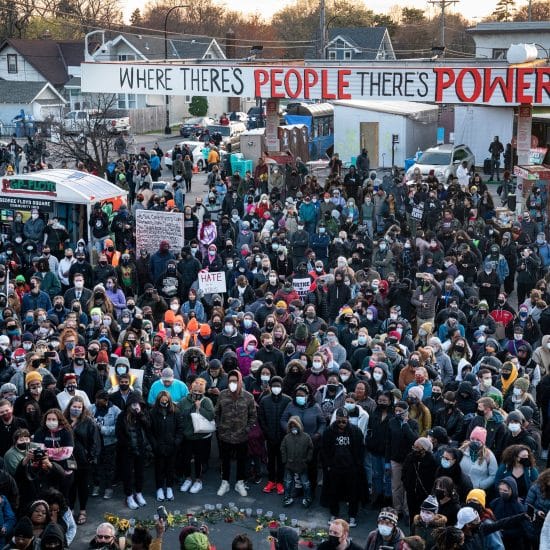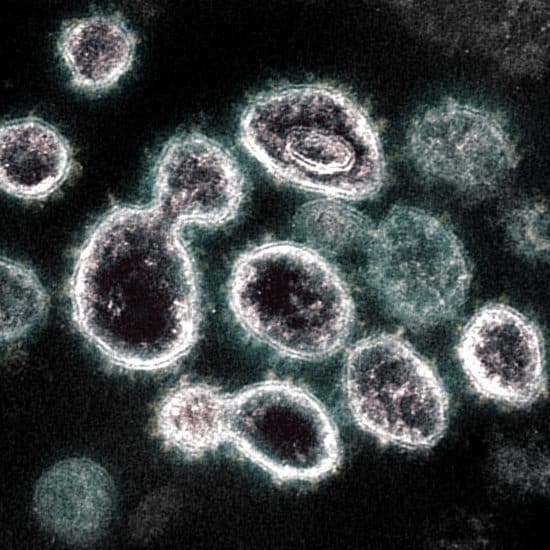What are the ways you or your family recognize significant accomplishments that occur in life? If you are like my grandmother, there is a mantle in your home where athletic trophies and academic ribbons and plaques stand. This was her way of collecting small monuments to her son’s and grandson’s athletic achievements. They served as reminders of what we were able to accomplish when we put our minds and backs into something.
 Terrell CarterJoshua 4 deals with God’s command to Israel to erect a stone monument as a symbol to remind them that God allowed them to overcome a tremendous challenge to enter the Promised Land.
Terrell CarterJoshua 4 deals with God’s command to Israel to erect a stone monument as a symbol to remind them that God allowed them to overcome a tremendous challenge to enter the Promised Land.
In Joshua 3, God told the people that it was time for them to enter the Promised Land. The problem the people faced in entering the Promised Land was the Jordan River, which was at flood stage and was nearly impossible to cross at that time of year. God told the people that they would make it across the river if they followed behind the priests who carried the Ark of the Covenant. The priests and the people were obedient to God’s command and did exactly as they were told. Due to an event that occurred upstream, the waters were blocked, allowing the Hebrew people to cross on dry ground, just as God promised.
Can you imagine the surprise the people felt upon seeing this happen? They had heard their parents and grandparents tell stories about how God had parted the Red Sea so they could flee Egypt. Now, God was performing a similar miracle for them.
This time, unlike when their parents and grandparents fled Egypt, God tells them that they are to build a monument memorializing the event. After the waters stopped, and the people had crossed over, 12 stones were to be taken from where the priests were standing in the riverbed and were to be used to build a memorial at the place where they would set up camp later that day. A second set of stones were piled up at the location where the priests stood in the middle of the river.
These stone monuments served multiple purposes. First, they helped them remember what God has already done for them in the past through answered prayer.
Second, they would serve as object lessons for their children and future generations. As the people in Joshua 4 had heard stories from their parents and grandparents, they too would have a similar story to share with future generations of how God parted waters and allowed them to cross over unhindered.
Finally, I think they were also used to show people who had not yet come to trust in the God of the Israelites that Israel’s God truly was God. Multiple times throughout Israel’s history, things that served as symbols of God’s covenant relationship with the people of Israel also showed rival nations that God’s power was real and formidable.
What are the memorials or monuments that serve as reminders of God’s power and love in your life? What do you have that you can lean on to be reminded of God’s love for you?
I hope that each of us can identify memories and accomplishments that remind us of God’s unconditional love towards us, as well as God’s ability to do above and beyond anything we expect.
And when things don’t look exactly like we thought they would in life, I pray that we can draw strength from these memories, have our faith renewed and faithfully assert that God is still with us.
Amen.
Terrell Carter is assistant professor and director of contextualized learning at Central Baptist Theological Seminary in Shawnee, Kan., and pastor of Webster Groves Baptist Church in Mo.


